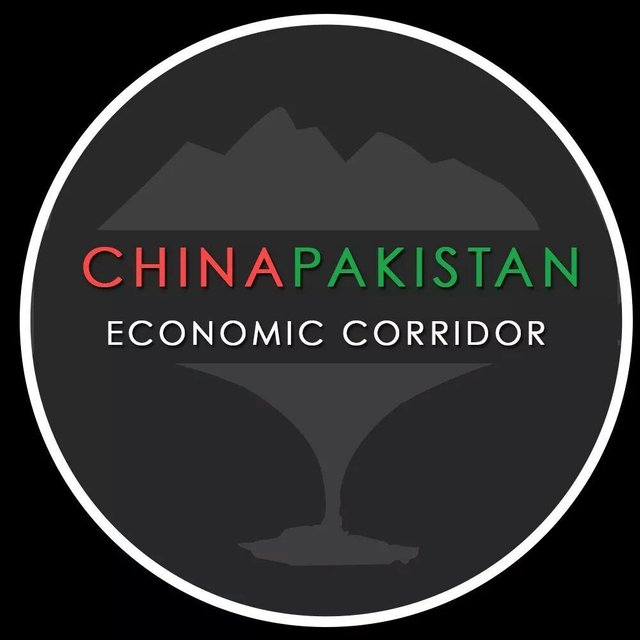China Pakistan Economic Corridor
IN a country where negativity and cynicism reign supreme, critics and detractors of all kinds are revered, and emotional outbursts and fabricated stories dominate the air waves and social media, it is difficult to present a dispassionate analysis of national issues.
Since China announced the China Pakistan Economic Corridor (CPEC), more time and energy has been spent in finding faults, poking holes and raising doubts based on speculation and conjecture. Had this investment been announced in another developing country, the national reaction would be: how do we plan to ensure maximisation of benefits to the economy? What are the weaknesses and deficiencies in the existing set-up we need to overcome? But this type of thinking is not in our DNA. We are either in a mood for celebration and self-congratulations or outright condemnation and depiction of exaggerated pitfalls.
There are three types of reservations against CPEC. First, those who believe that this whole endeavour is designed to benefit Punjab to the neglect of the three smaller provinces. Fanning parochial and ethnic prejudices, doubts are created about the narrow impact of these projects. Second, that the country would be saddled with costly external loans and outflows forcing Pakistan to go for another bailout. Frightening numbers such as totals of $110 billion are floating around. Third, some Baloch youth believe that they would become a minority in their own province. Mistrust and not perceived economic gains underlies such anxiety.
The government has not helped matters as it has not placed all the data and information about capital structure, detailed sources of financing, project sponsors etc pertaining to CPEC, in the public domain.
There are three types of reservations against CPEC. How can we address them?
This article, to allay some of the reservations, proposes that the Planning Commission and PIDE use the well-established framework of cost-benefit analysis to evaluate and monitor the net benefits of CPEC projects. Benefits can be of three kinds: (a) direct, measured by incremental contribution to gross value added in energy and infrastructure. Assuming energy elasticity of greater than one, a two per cent growth in energy production and usage would increase GDP by more than 2pc from the current level (b) indirect, measured by the multiplier effect of activities resulting from the direct demand of goods and services and (c) induced effects or externalities: eg bringing in roads and electricity may make some economic activities feasible and reduce outmigration of skilled labour from those areas. Costs can be of four types: (a) direct costs associated with investment in electricity generation , transmission and distribution or construction of roads; (b) indirect costs: large scale investment projects create scarcity premiums and domestic prices of some goods and services are bid up. These premiums get reduced when competition sets in; (c) unavoidable incremental costs: in the absence of the required amount of domestic supplies of quality and specifications, imports have to make up the shortfall; and (d) avoidable incremental costs: proper planning, coordination and active management can substitute high-cost inputs by low-cost inputs keeping quality intact.
Net benefits are thus estimated as the difference between the discounted flow of aggregated benefits and the discounted flow of all types of costs over the given time horizon. This calculation is not straightforward and is beset with many conceptual, empirical and measurement difficulties. The most problematic area is the aggregation of easily quantifiable direct benefits or costs with estimated indirect and induced benefits and costs. The latter are sensitive to the assumptions on which they are based. Economists, by setting up monitoring experiments, discover new data that helps in fine-tuning and refining the original estimates. The outcomes therefore depend upon minimisation of avoidable costs and exp 